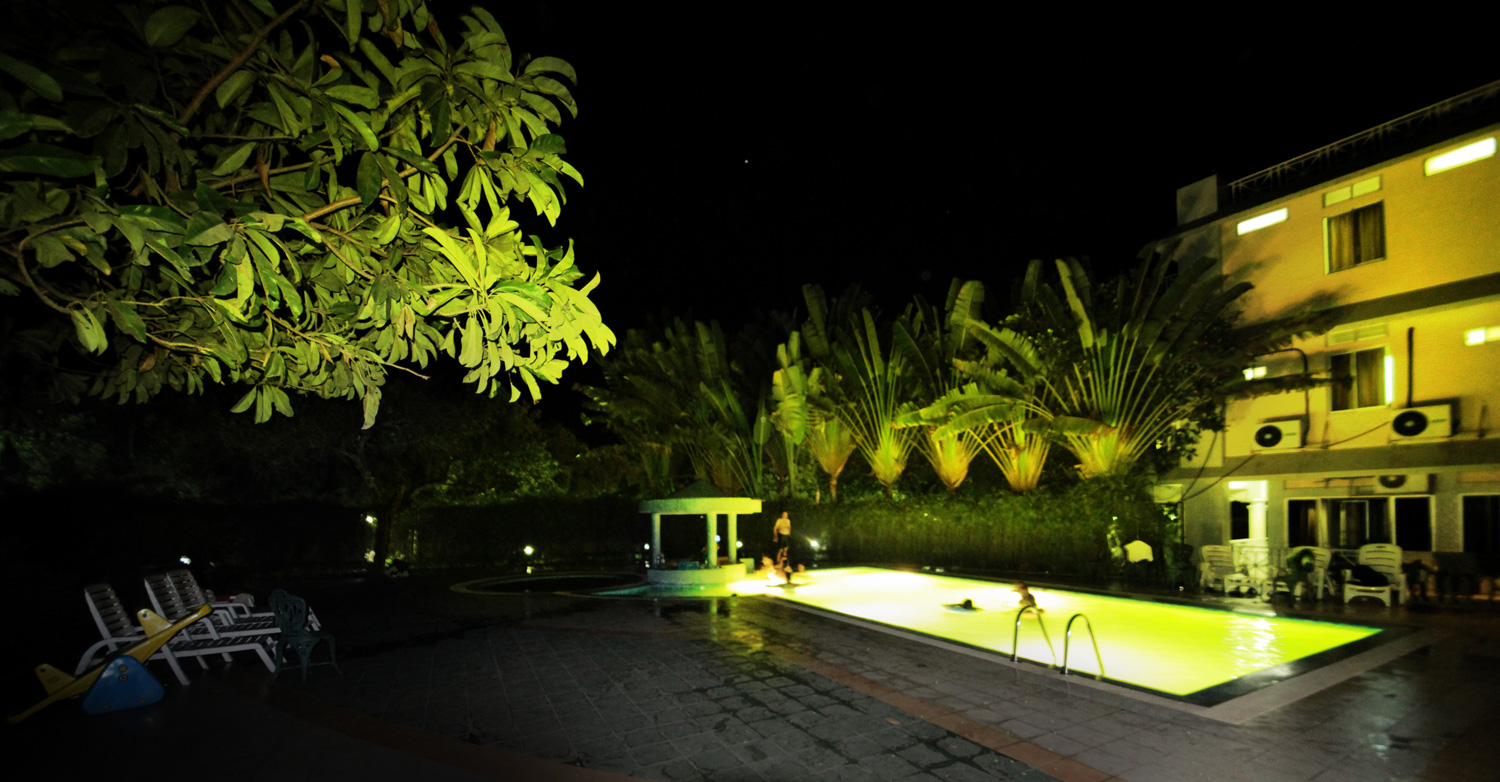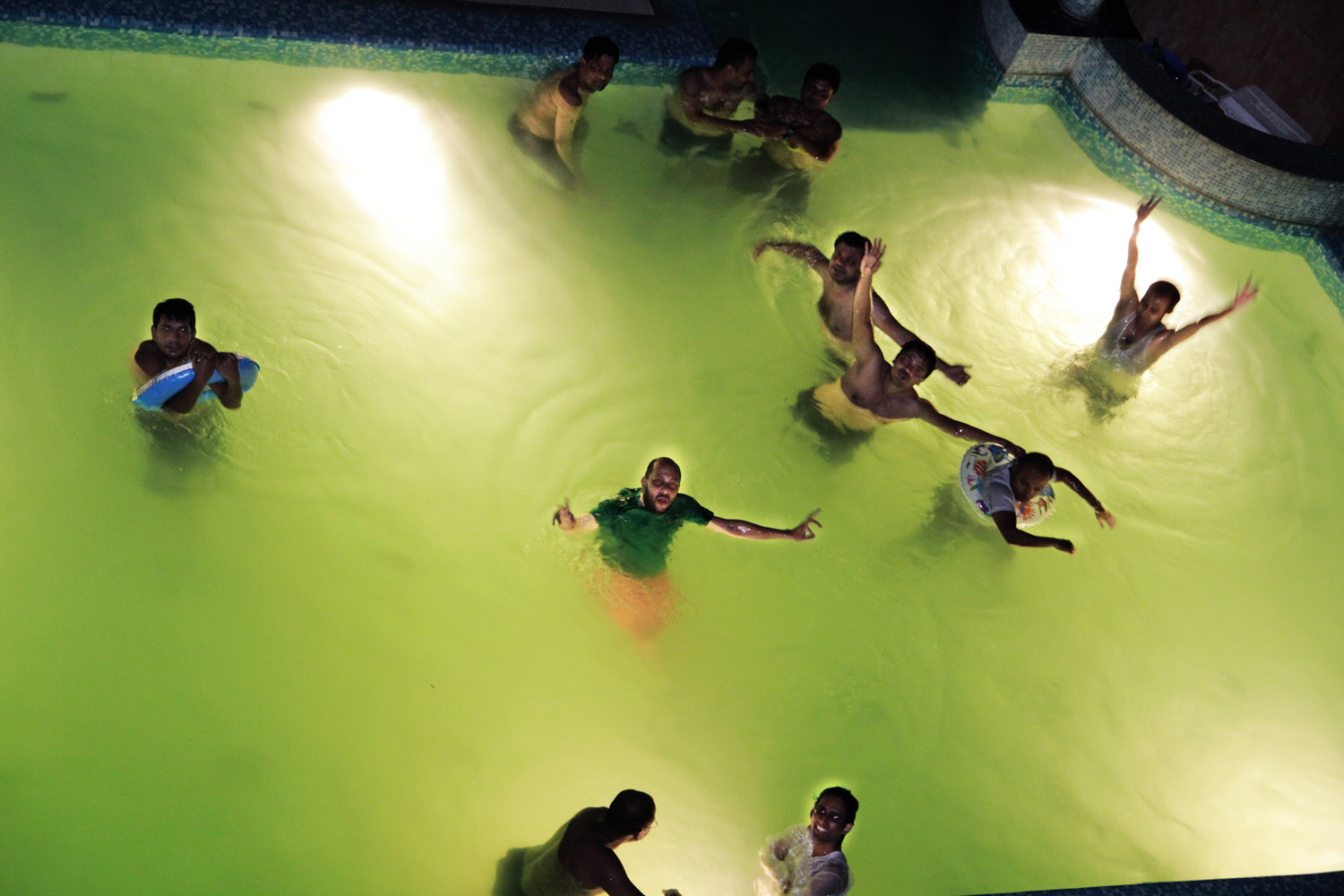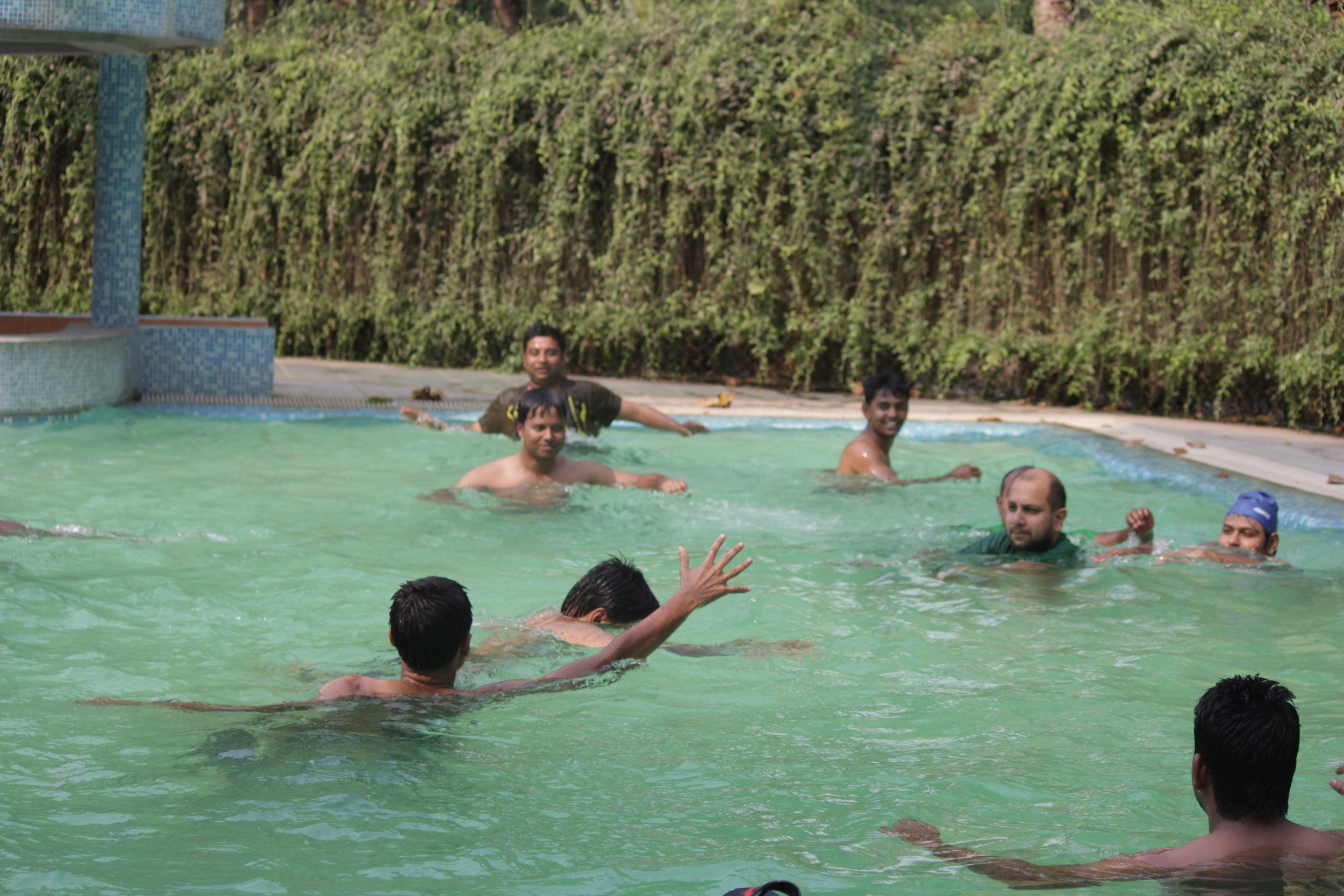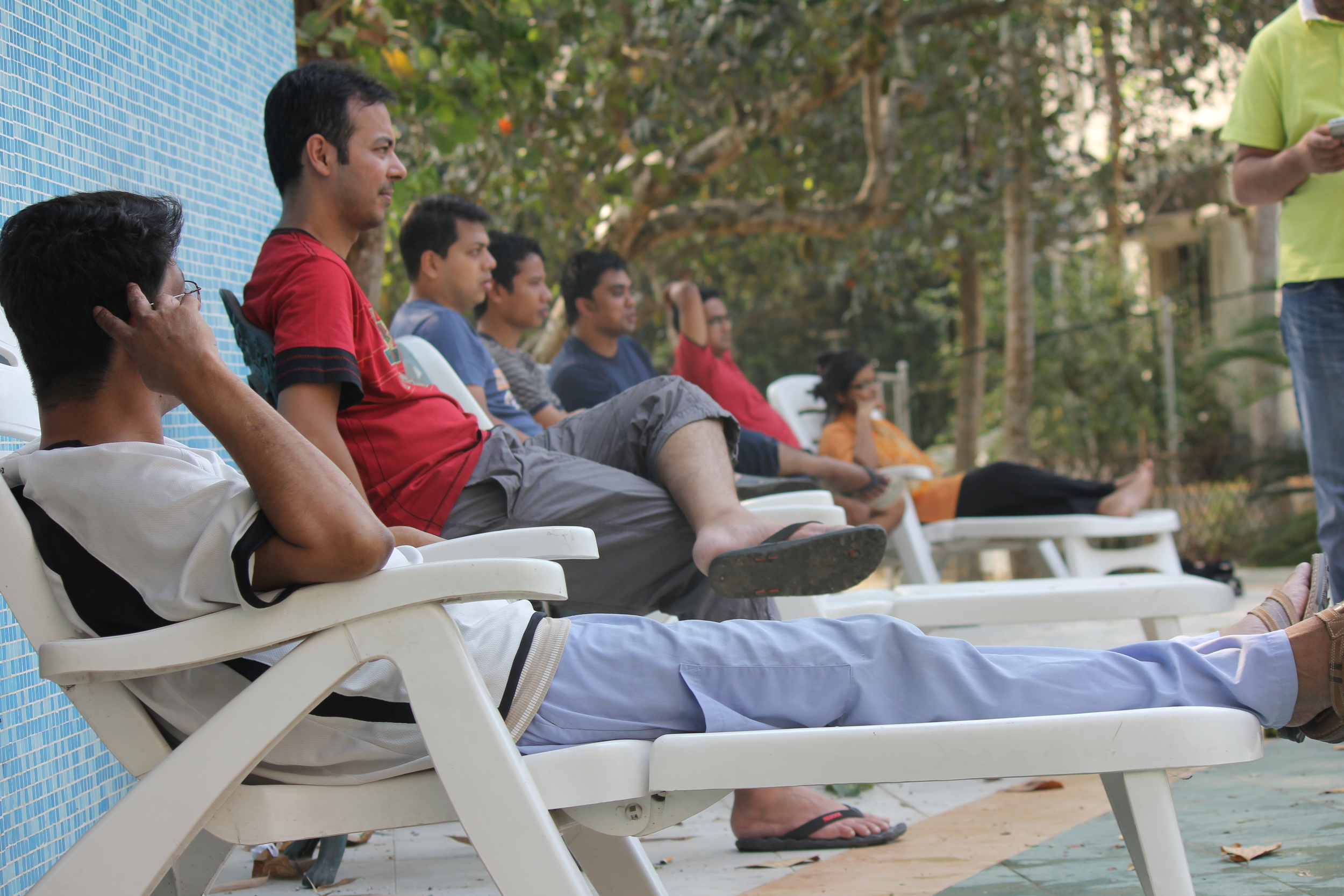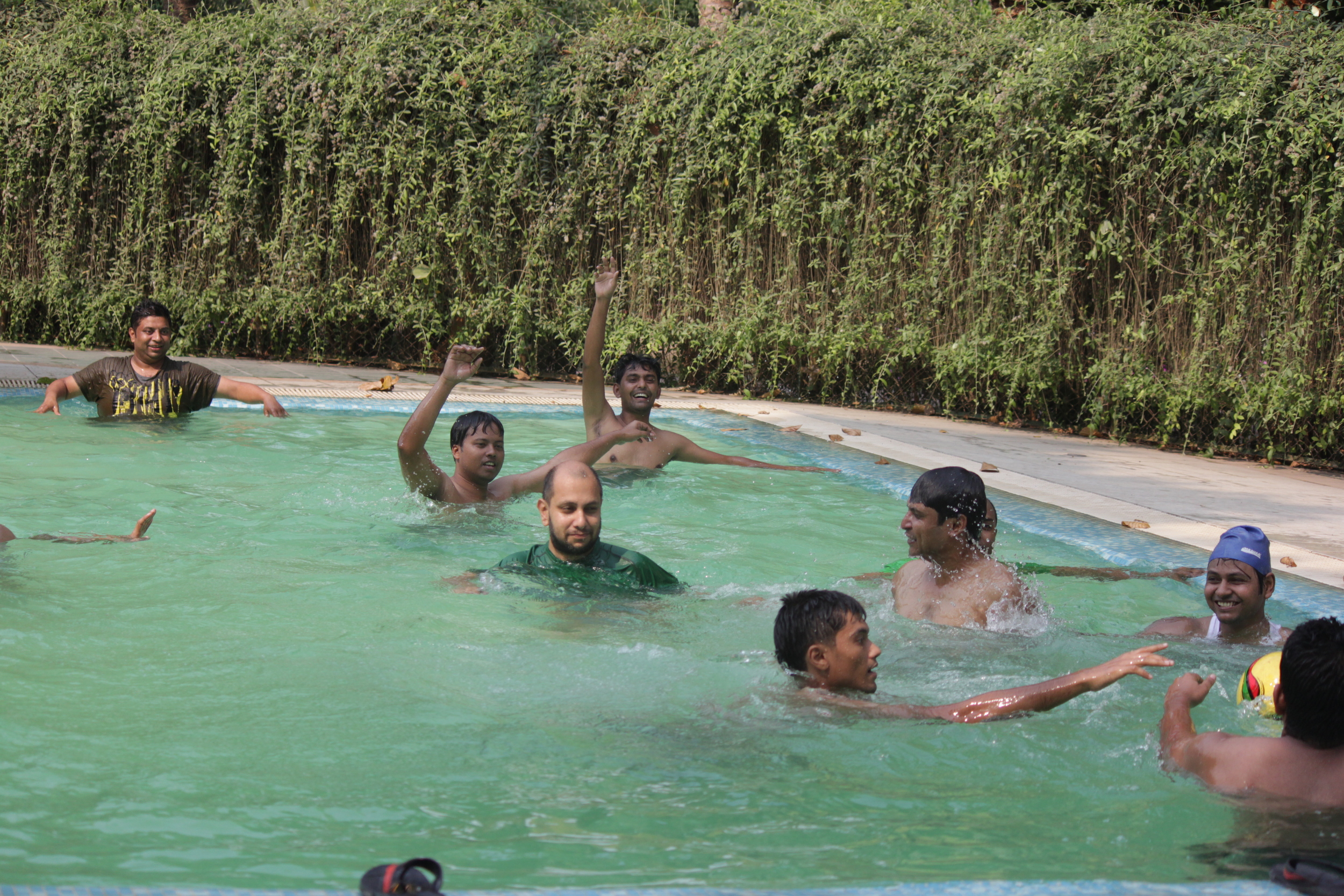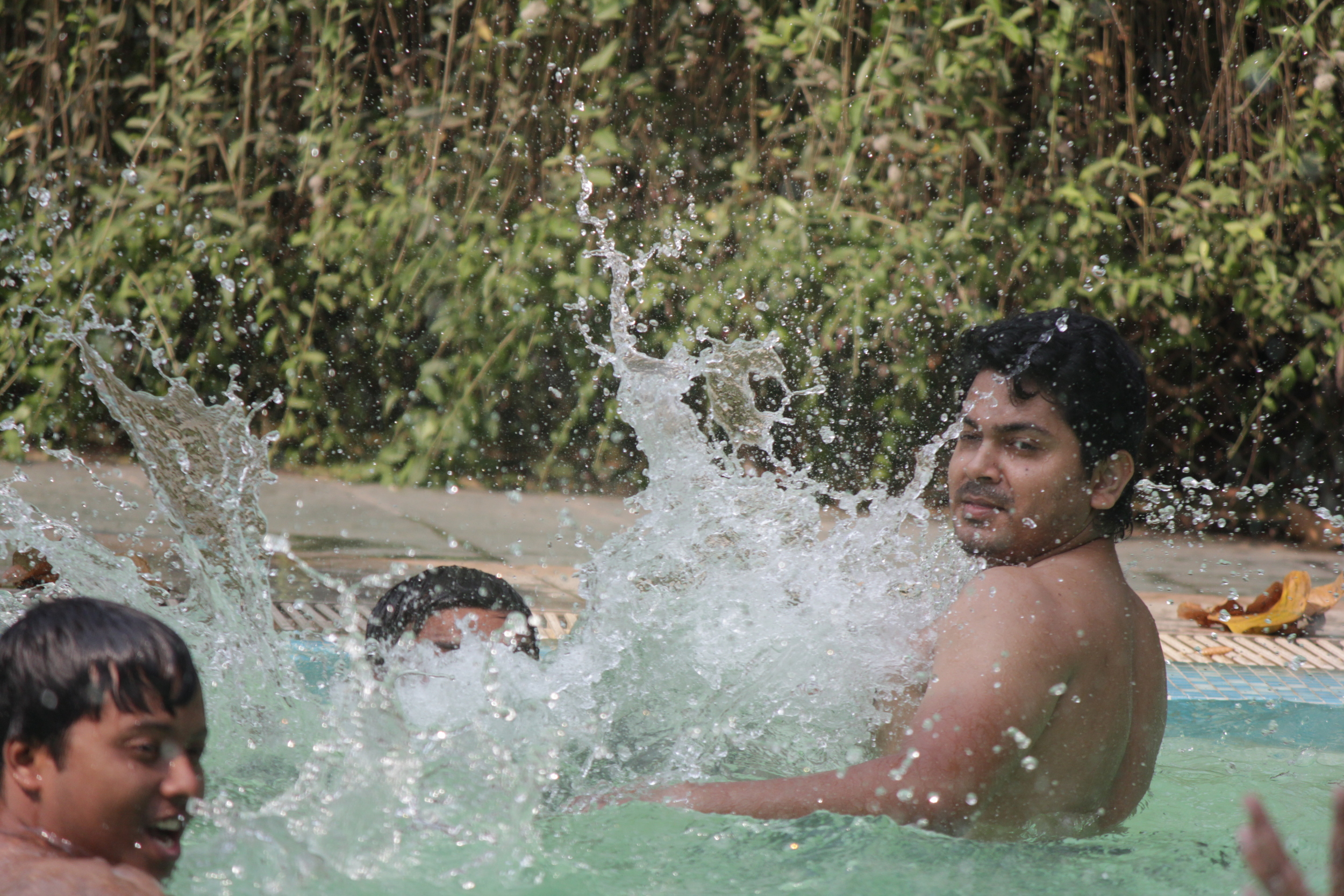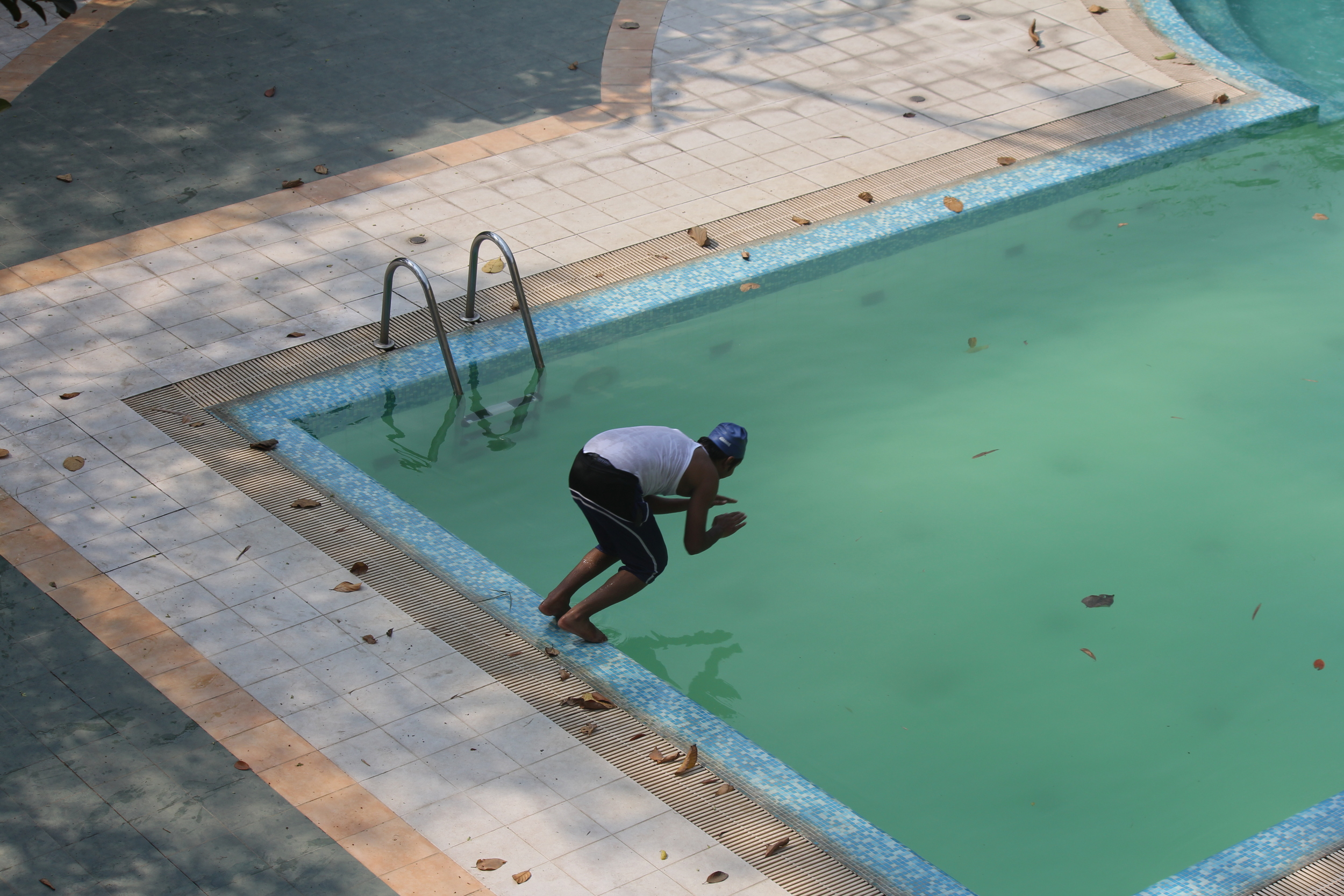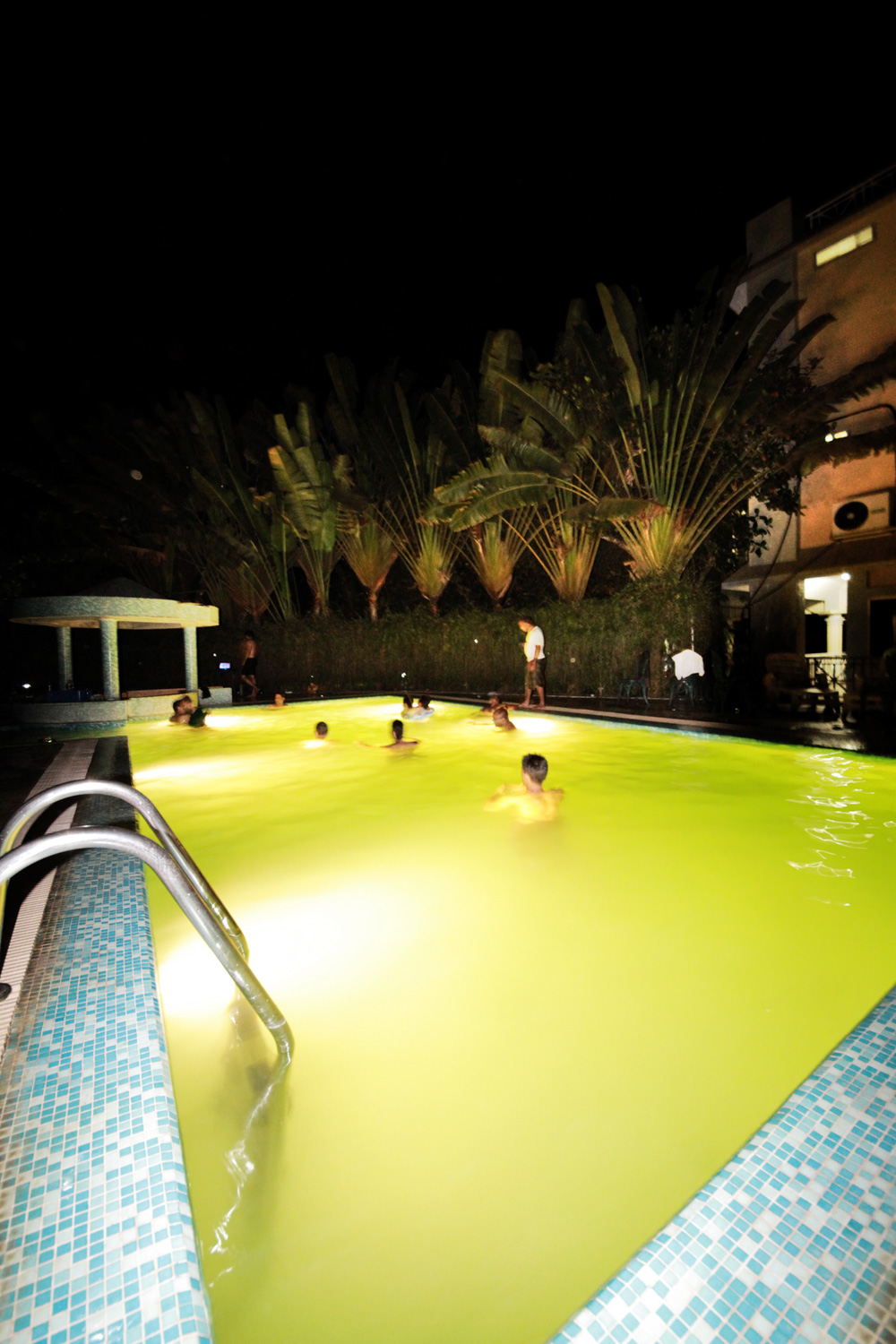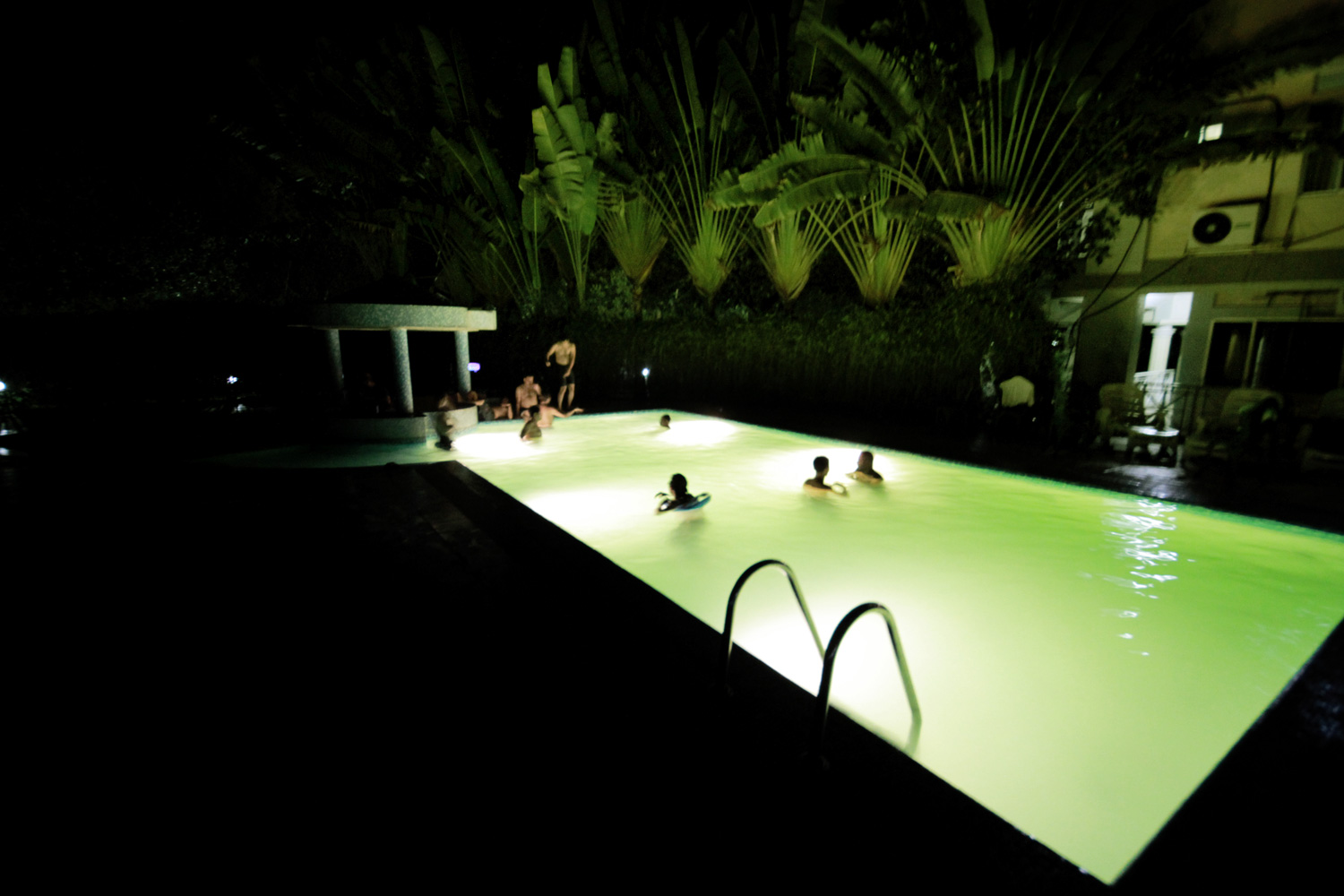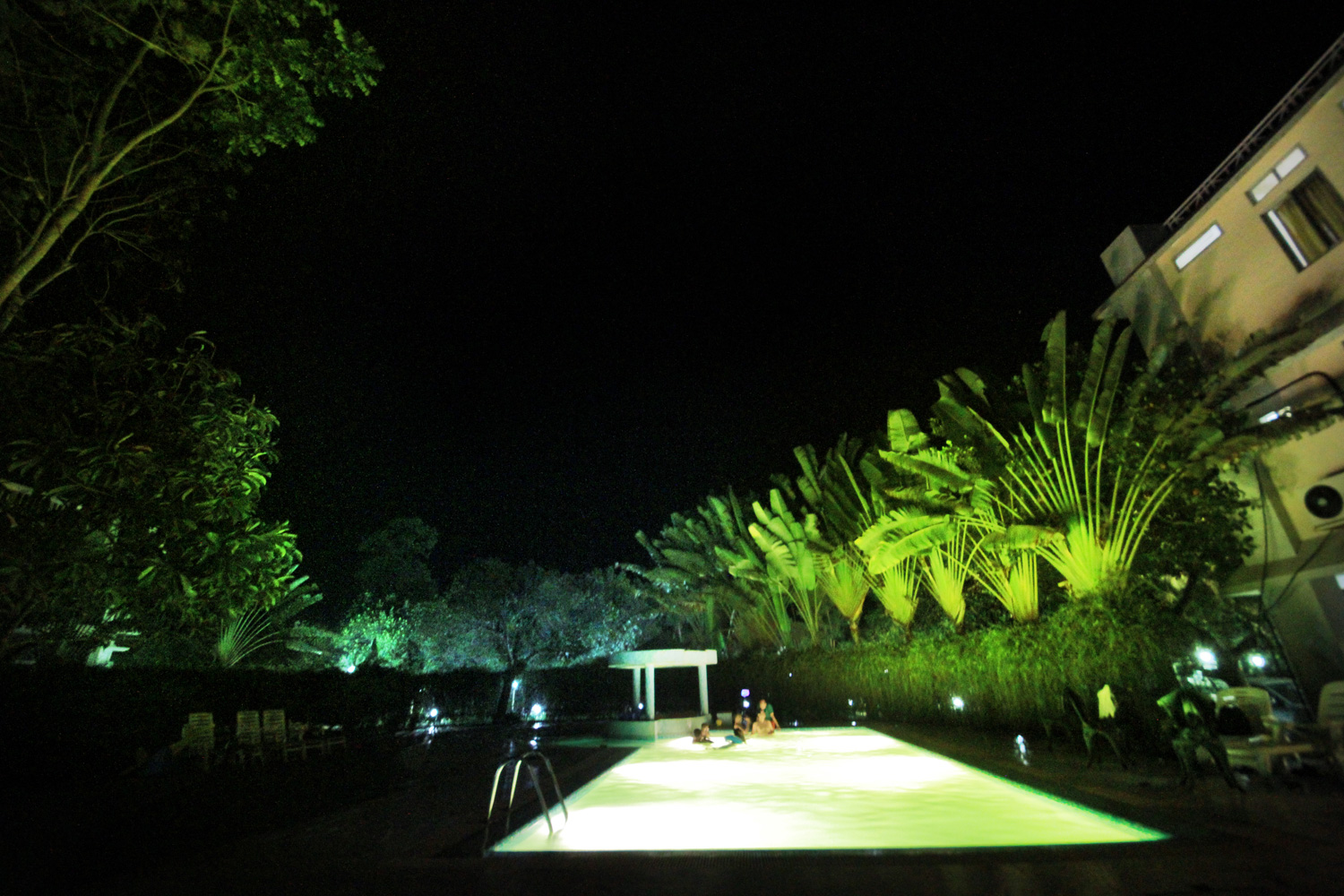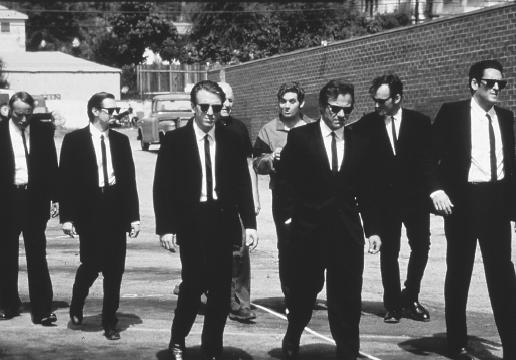The deadly power distances in a software company
/It all started with a Geert Hofstede, who in the late 60s did extensive experiments to prove that how we operate in a corporate environment is very much a function of our national culture. He measured responses of 117,000 IBM employees (he was working with IBM at the time) across different countries and showed that there are distinct biases about our reactions based on where we are from. He grouped the attitudes he was measuring in four types and called them the cultural dimensions.
Of these dimensions Power Distance index (PDI) is the most interesting, I think, for software companies. Power distance is in simple terms how submissive (or not) is someone to his superiors in a hierarchy. For a software company it boils down to a simple question:
How likely is a junior programmer to tell a senior team member when he spots an obvious error in the latter's code?
If he is likely scream at the first chance then the power distance is low and if he is more likely to not raise an alert the power distance is high.
Hofstede showed that PDI is directly correlated with the country you are from. And this makes perfect sense - some countries have culture of strict hierarchy where are elders are honored without question. These cultures imbibe its children with that value of respect and submission to seniors that obviously shows up in work culture. Countries with high PDI include India, South Korea, Malaysia (sadly no data for Bangladesh, but it is without doubt a high PDI country). Countries with low PDI are US, UK, New Zealand etc.
So what is wrong with high or low PDI?
Well, it depends I guess in which work area you are in. I'm sure high PDI is great for families (oh how I wish my word be the law for my two unruly sons - high PDI is definitely welcome at my home!), high PDI is probably good for places like the army (when you tell your soldiers to jump in front of machine gun fire you don't really want them to point out the futility of war, e.g.) but for some industries it's downright a disaster (literally). In 1994 Boeing published safety data showing a correlation between a country’s plane crashes and its score on Hofstede’s dimensions. And it is easy to understand why - in such a complex operation as flying a modern aircraft the chances of error are high for the captain. The first officer's major role is as a second pair of eyes for error detection and mitigation. Yet in high PDI countries the first officers (much lower in the hierarchy of things compared to the captain) finds it difficult to voice their concerns. And when you have that over millions of flights you start getting statistically significant effect of the high PDI causing crashes to happen.
And so it is for software. One of the basic facts in the game of software is that everyone (including the uber geek who has been programming since the 90's - well specially him!) will make silly mistakes. The only way to save a piece of software from these mistakes is by constant double checks. Software QA is a double check for sure, but that as we know is way down the path. The earliest double checks are the screams of team members during the design sessions and coding. And this is why a software company craves (or should crave) for ultra-low PDI. This leads us to a simple statement:
Software can only be made faster and less buggy by having low PDI.
So the most important question for a software company then becomes
Can PDI be lowered?
And thankfully the answer to that is
YES!
The important thing is to recognize that there is a need for lower PDI and then there are many things that can be done to lower it. There are documented proof of such efforts and the resulting wins in the airline industry. We at Kaz Software have been doing that for the past ten years in our little niche!
How? The answer to that question will be another blog coming soon.


































































